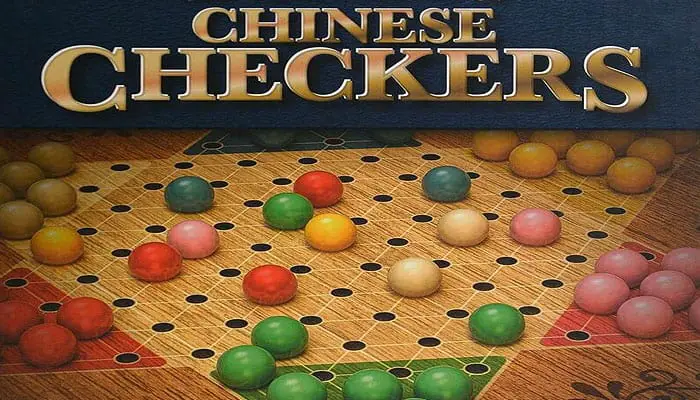

At first I asked her why, and sometimes teased her that she was going backwards. She enjoyed the jumping toward the goal, but just as often would jump sideways, or even backwards. The first few times that we played together, I set up my marbles to encourage my young opponent to hop across the board by jumping one, two, three, or even four marbles that were set out one space apart. Once they understand that people make the rules, usually around age 7 or 8, they also begin to understand that those rules can be changed. At first they believe that the rules are unchangeable, simply part of the way the world works. “Right, Grandma?”Ĭhildren begin to understand games with rules somewhere between ages five and seven. If there is another one after you land, you can jump over that one too.” “Oh, and once you take your fingers off a marble, you’re DONE MOVING.” (This last bit with a loud voice.)Īt that point, she turned to me with a big smile. You have to stay on the lines, and you can only move one space at a time unless there is a marble in front of you If there is, you can jump over it. “You have to move your marbles from one point of the star to another one. After three or four sessions, she had such a good grasp of the rules she was able to explain them to her mother: In retrospect, introducing this game at this early age might have led to tears of frustration. Playing Chinese Checkers or other traditional board games requires logical thought, and many five year olds are still acquiring the cognitive skills needed for that process. In doing this, I was being a grandma, not a retired early childhood educator. Then one day I asked her if she would like to learn to play Chinese Checkers.

We did that together for a few days, sometimes also making designs in the middle of the board.
RULES FOR CHINESE CHECKERS HOW TO
Shortly after she turned five, I brought out a set of unicolored marbles and showed her how to place them into each point of the star. Sometimes this would keep her engaged for as long as an hour. Then she would take all the marbles off the board, put them back in the wooden box where they were kept, and start over again. She would pull it out of the bookcase, place it on the carpet and put cats-eye marbles into the round depressions so that they made designs. The wooden board with the star shaped design on it had fascinated her for months. That is what I was doing when I began playing Chinese Checkers with my granddaughter. See what they do, how they solve problems, what they are good at and what they like to do with children their own age. The only answer I can give is spend as much time as you can with your grandchildren, and watch them. Sometimes grandparents ask me, “How can I tell what my grandchildren know, or are ready to learn? How do I know what games to buy them, or which toys?”


 0 kommentar(er)
0 kommentar(er)
